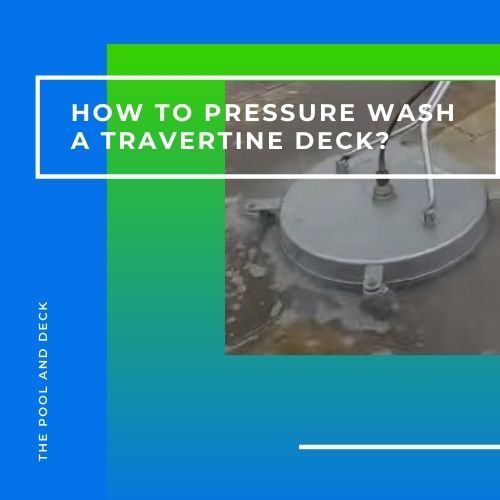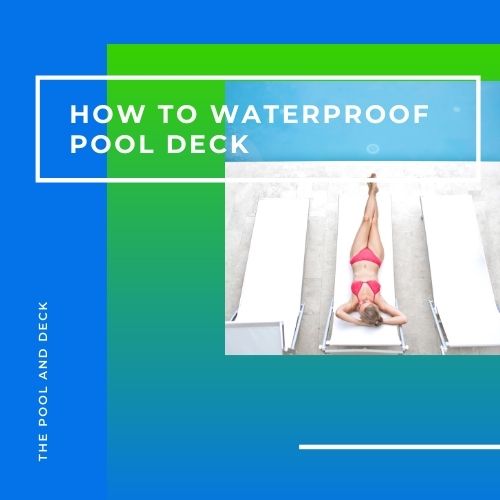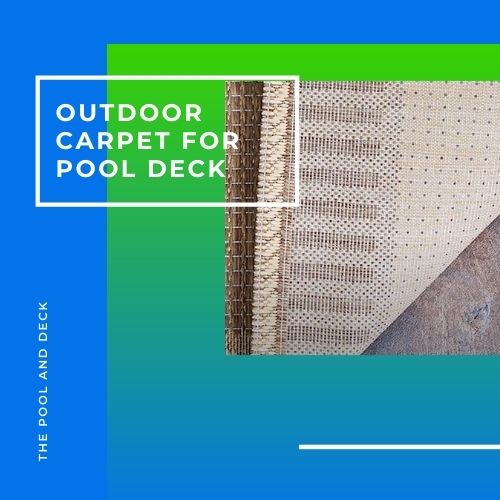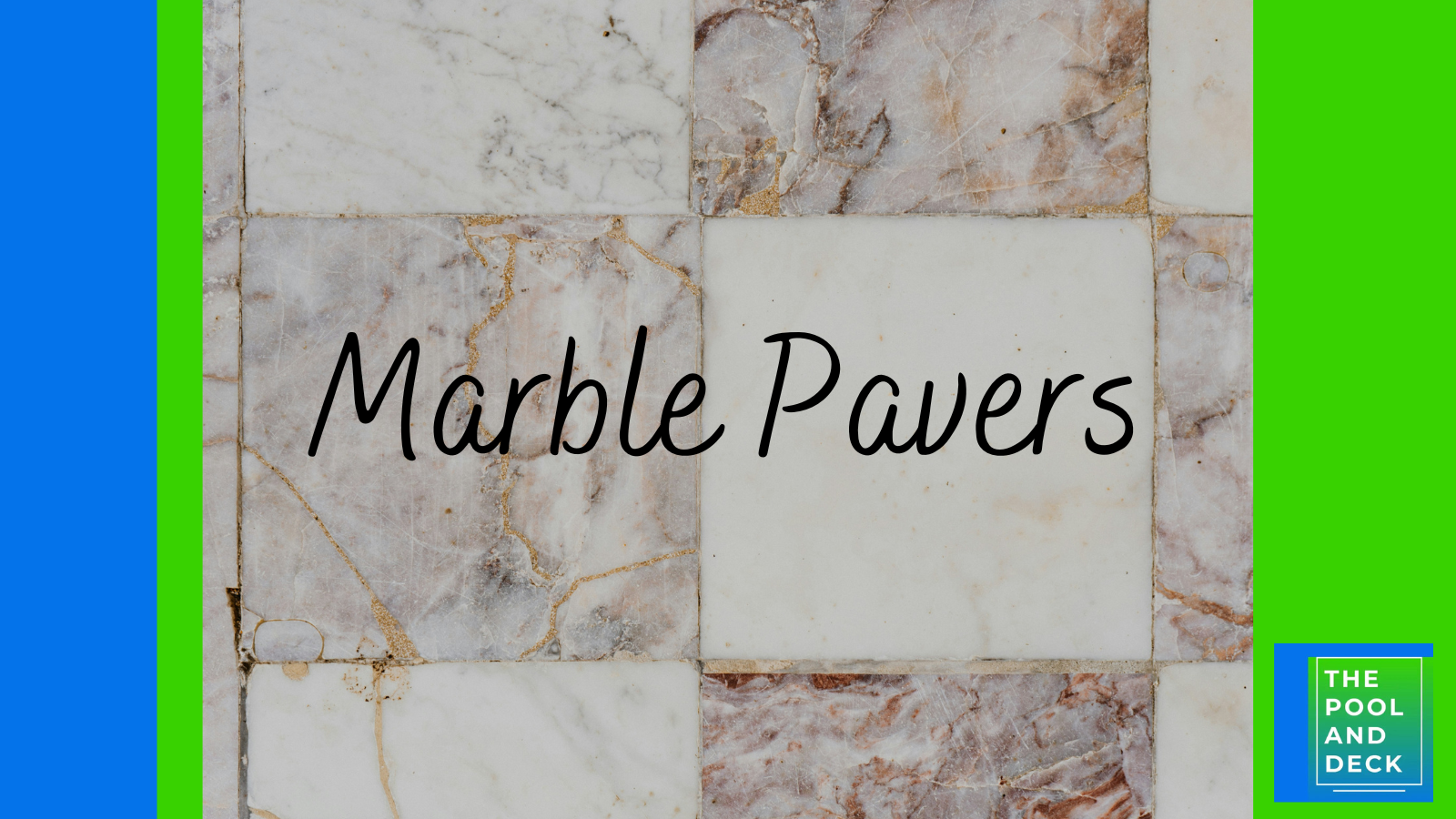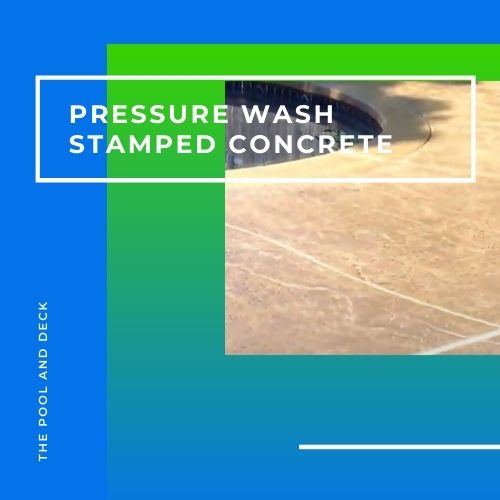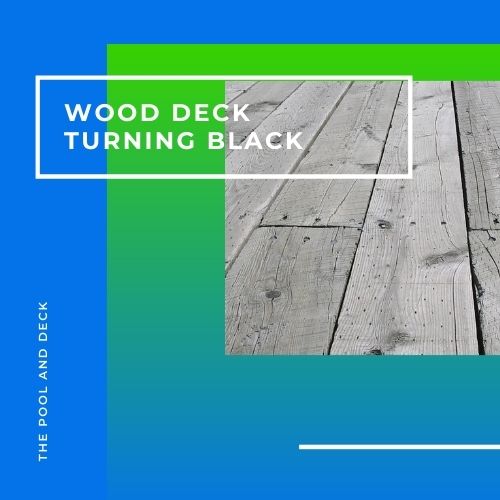Cleaning Composite Decking With Bleach Is Not The Best Way!
thepoolanddeck.com is a participant in the Amazon Services LLC Associates Program, an affiliate advertising program designed to provide a means for sites to earn advertising fees by advertising and linking to Amazon.com . The website is also an affiliate of a few other brands. The affiliate links never increase your purchase price. We do appreciate your support. Thank you very much!
Table of Contents
Is Cleaning Composite Decking with Bleach Good?
Did you choose to spend extra money to install a composite decking rather than the traditional wood decking? You are not alone. The benefit of high durability and low maintenance of composite decking offsets the higher cost. But is cleaning composite decking with bleach good? Does bleach hurt composite decking?

Bleach can hurt composite decking by giving a false sense of having solved the mold problem. In fact, bleach is ineffective in killing mold on wood or composite decking. Mold penetrates deep into the decking but bleach application is superficial, at best.
Liquid chlorine used to sanitize and disinfect pool water is, in fact, a 10 – 12.5% solution of Sodium Hypochlorite (NaOH) in water. Household bleach is the same thing but at a lower concentration of around 6%.
Chlorine forms Hypochlorous Acid when it comes in contact with water. It is this acid that sanitizes & disinfects the pool water by killing germs, bacteria and algae. But the hypochlorous acid is also corrosive.
Bleach is Corrosive
So when bleach is used to clean a composite deck, the acid corrodes the metal fasteners. This is another important reason for not cleaning composite decking with bleach.
Bleach results in Splintering & Cracking
Composite decking is better than wood decking because it does not chip or crack. But, bleach reacts with the polymers in the composite decking and can result in splinter & cracks. Cleaning your composite decking with bleach will cause irreparable damage.
Bleach Discolors
Bleach cleans, or rather gives the impression of cleaning by turning the the stained area white. Bleach oxidizes the pigments in the composite decking and will leave it discolored. The decking may end up looking splotchy.
What Cleans Composite Decking Best?
So, what is the best cleaner for composite decking? The cleaner must be able to get into the pores of the composite deck and lift the dirt & grime out. Actually a simple scrub with a soft bristled brush and pH neutral soap water will do a fairly decent job.
Cleaning Dirt, Grime & Pool Chemicals
In case your composite decking has not been cleaned for a while then it is best to use a commercial, non-bleach cleaner specially designed for cleaning outdoor areas such as patios & decks. Such cleaners can penetrate into the porous wood or composite decking.
Use a climate friendly, hydrogen peroxide based cleaning solution. Such products will often have the phrase “oxy” incorporated in their name or description. Also look for a US EPA Safer Choice certificate. This will ensure the product is safer for use around people, pets, wildlife and plants.
Check Out Simple Green Oxy Solve Total Outdoor Pressure Washer CleanerSimple Green Oxy Solve is pretty easy to apply. You can use hand cleaning or pressure washing, depending on your convenience.
Hand Cleaning
- Mix 1 part Oxy Solve with 20 parts water in a bucket
- Wet surface and scrub with a soft-bristle brush or sponge
- Rinse with a garden hose at high pressure
Pressure Washing
- Drop the siphon tube into the bottle or fill the soap reservoir
- Wet your surface with plain water at low pressure
- Apply Oxy Solve at a low pressure setting
- Allow the cleaner to sit for 3-5 minutes, then rinse at high pressure
Cleaning Moss, Mold, Mildew & Algae
Outdoor areas such as patios, driveways and pool surrounds can see the growth of moss, mold, mildew & algae. The spores of these microbes are always floating around in the air. All they need is a food source, damp and dark to settle down and thrive.
Wood and composite pool decking are particularly susceptible to moss, mold, mildew & algae growth, because they contain cellulose (food) and are often wet. Moreover, moss, mold, mildew & algae can penetrate deep into wood and composite decking as they are more porous.
WET & FORGET Moss, Mold, Mildew & Algae Stain Remover is an easy solution to cleaning composite decks. Its outstanding features are:
- Easy Spray & Leave Application
- No Scrubbing, Rinsing or Pressure Washing
- Bleach-free, Phosphate-free and Non-acidic
- Surfaces Stay Clean 1+ Years in Most Cases
- Safe for Virtually Any Outdoor Surface
Once the composite decking has been sprayed, just leave nature and time to do their bit. Most moss, mold, mildew & algae will start to disappear in a week or two. The more stubborn black mold may take a bit longer.
How Do You Protect Composite Decking?
You must clean up any food & beverage spills as soon as possible. Composite decking is porous. Leave the spill for too long and the stain will penetrate and get embedded in the decking. It will be extremely difficult to remove old stains.
An important reason to have a deck is to be able to enjoy grilling & BBQing on a warm summer day. You need to be extra careful when placing a grill or a BBQ on a wooden or composite deck. You need to protect your deck from the grill heat and grill grease.
Check out my post How to Best Protect Pool Deck from Grill Grease? for some tips.
The deck is also a great place to spend the cooler evenings, sitting around a fire pit, roasting marshmallows and sharing stories. But once again you have an open fire on a combustible deck. Needless to mention you need to be very vigilant!
Check out my post How to Best Protect Pool Deck from Fire Pit? for some good tips.
If the composite decking is capped then there is no need for additional sealing. However, if the composite decking is not capped then it is better to seal it. Composite decking is primarily made out of wood and wood is porous & hygroscopic. So sealing it will increase its weatherability.
Use an oil-based wood deck stain for better penetration and a superior, moisture-resistant finish.
Check out Cabot Australian Timber Oil StainIts outstanding features are:
- Oil-based
- Penetrating, clear, exterior oil
- Water-repellent and UV-resistant
- For hardwood decks and outdoor furniture
- Protects against extreme weather exposure
- Dries to a flat, translucent-toned finish
Thank you very much for reading the post. I do hope you found it informative and helpful.




